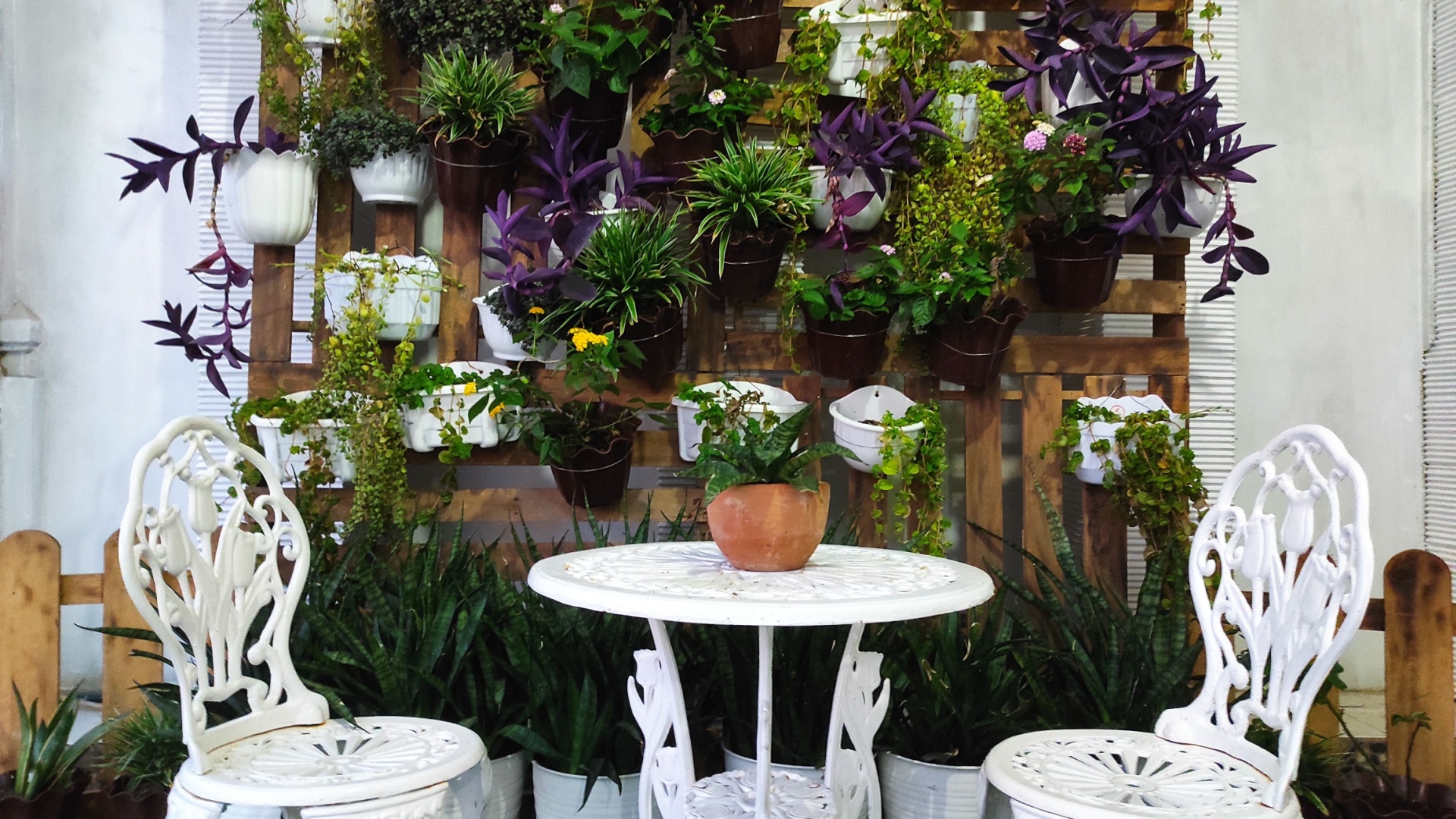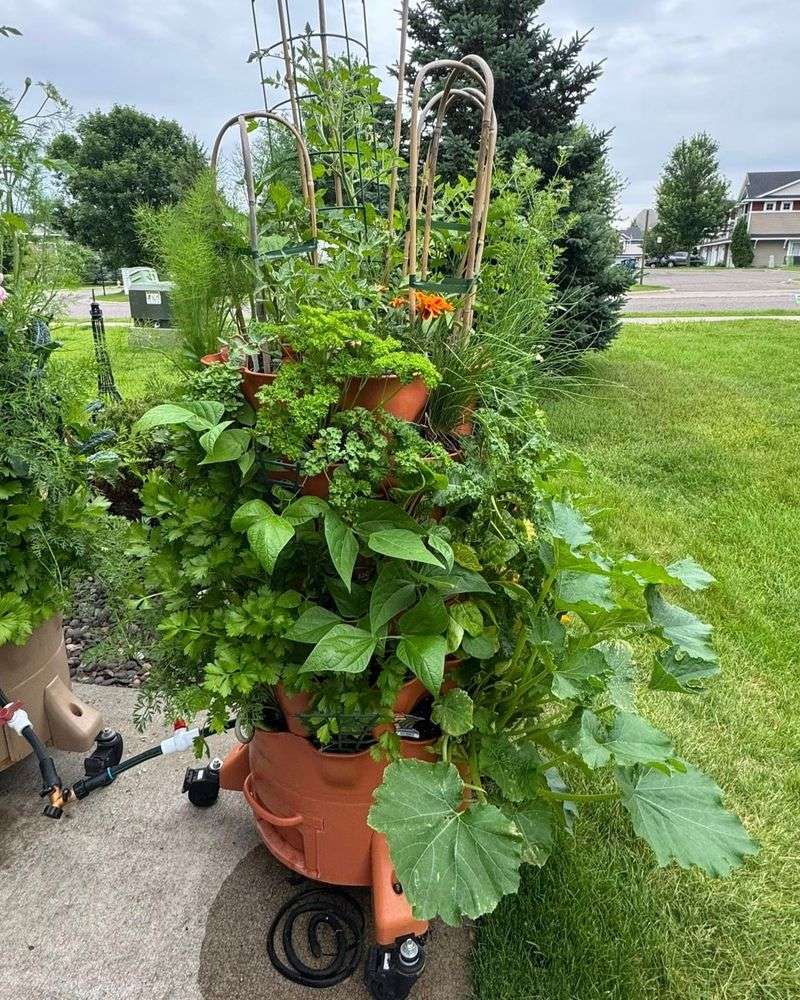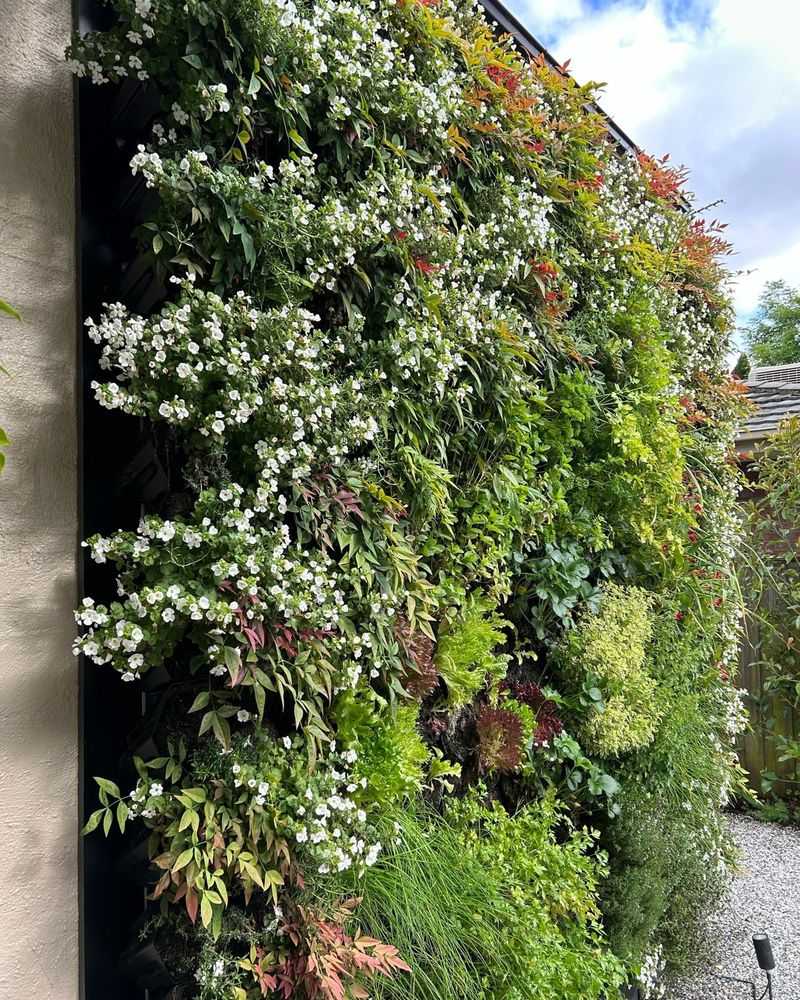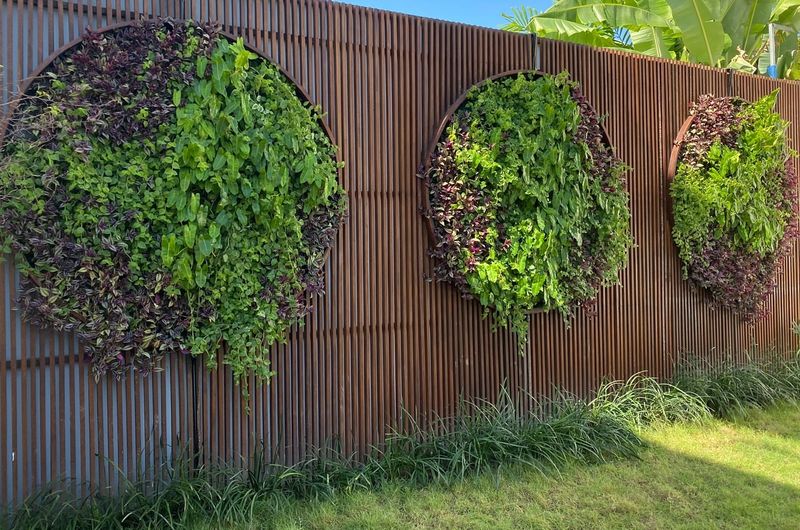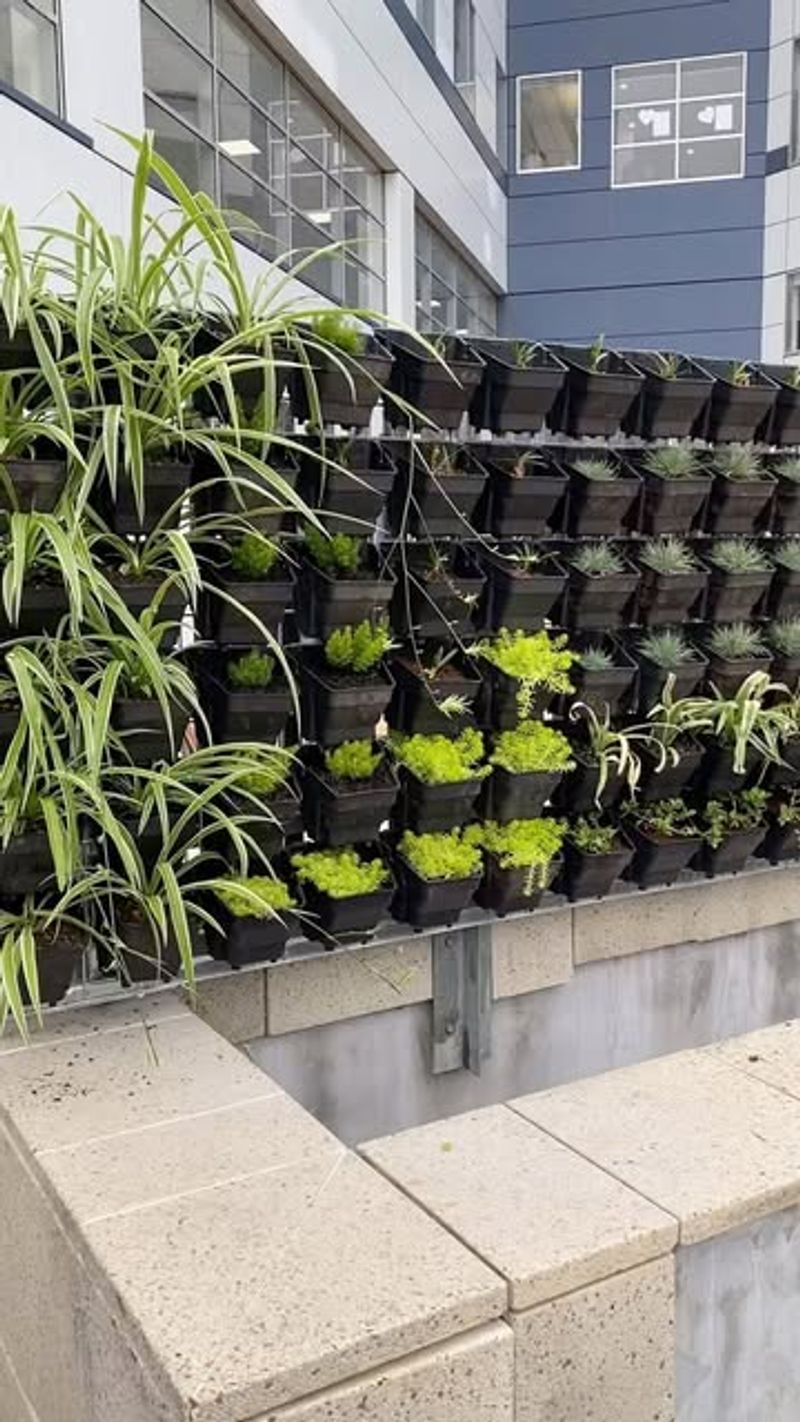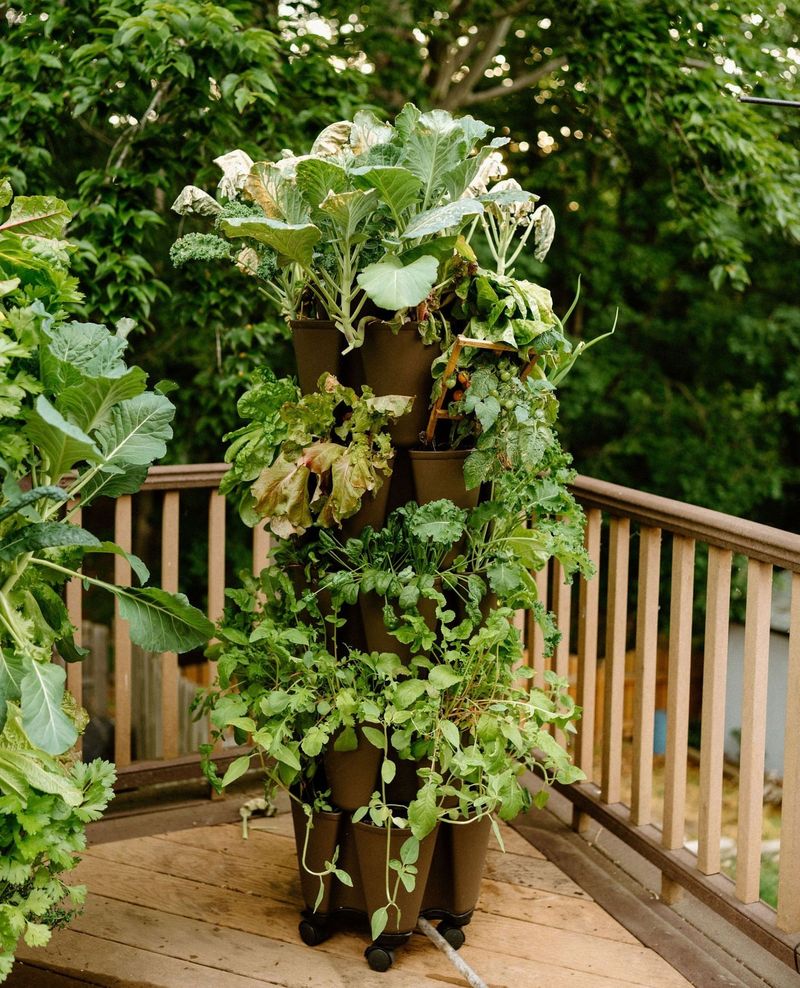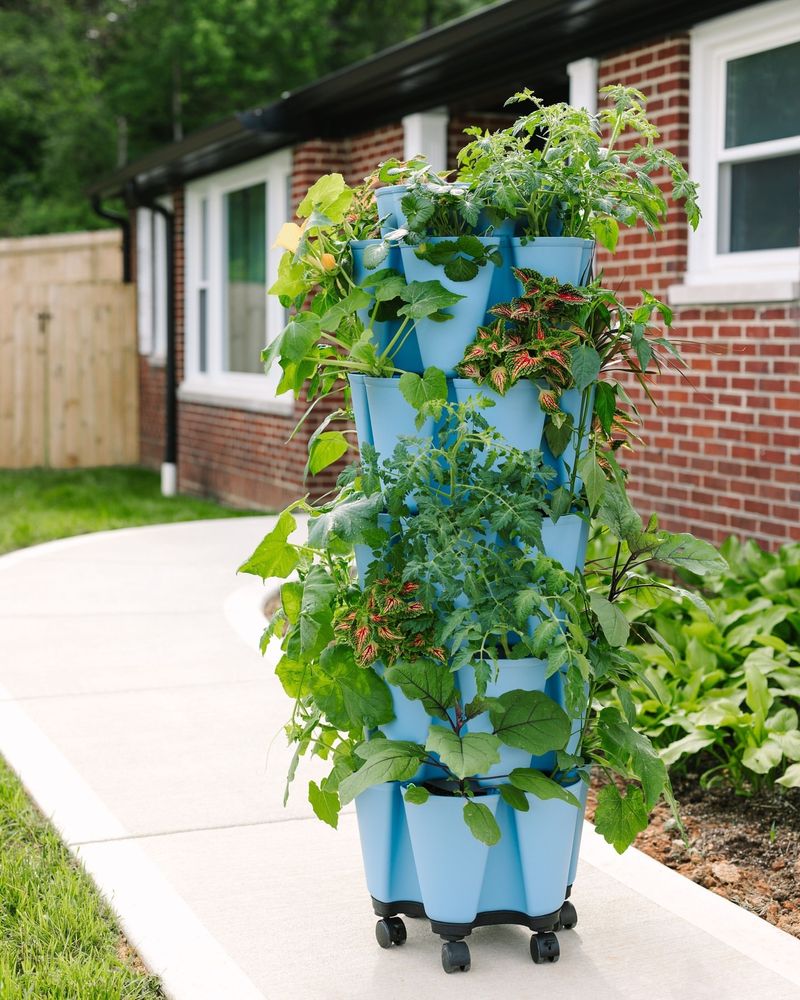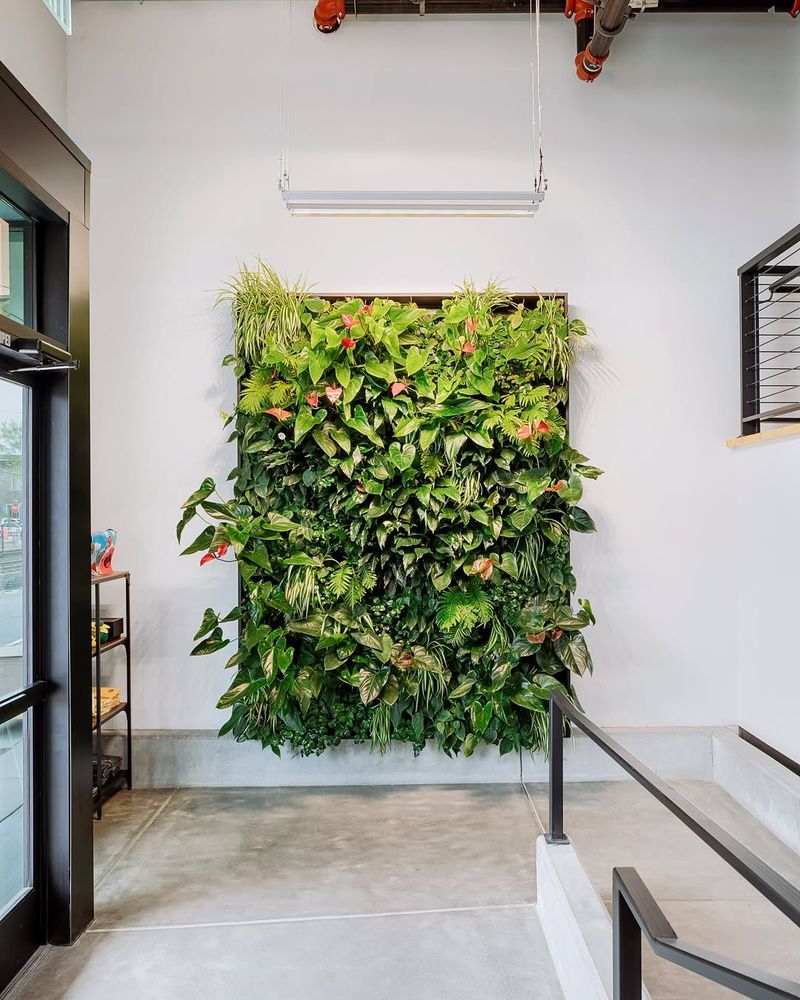Minneapolis residents with green thumbs often face a common challenge – limited space for gardening in urban settings. Living walls offer a creative solution by transforming vertical surfaces into lush, productive gardens.
These growing systems allow city dwellers to enjoy the benefits of plants without sacrificing precious floor space in apartments, balconies, or small yards.
1. Year-Round Growing Despite Minnesota’s Harsh Winters
Indoor living walls shield plants from Minnesota’s brutal winter temperatures, enabling year-round growing when outdoor gardening is impossible. Many Minneapolis gardeners set up systems near sunny windows or under grow lights.
The vertical orientation creates microclimates that benefit different plant varieties. Some sections stay warmer or cooler, allowing you to grow both cool-season lettuces and heat-loving herbs simultaneously in the same wall system.
2. Pollution Reduction in Dense Urban Neighborhoods
Living walls act as natural air purifiers in Minneapolis’ urban core. Plants trap dust particles and absorb harmful chemicals like benzene and formaldehyde commonly found in city air.
A single 8×10 foot living wall can remove as much pollution as 10 potted houseplants. For Minneapolis residents near high-traffic areas like Hennepin Avenue or I-94, these green barriers significantly improve indoor air quality while creating a peaceful green sanctuary.
3. Temperature Control for Energy-Conscious Homeowners
Living walls provide natural insulation against Minneapolis’ temperature extremes. During summer, they absorb heat and reduce cooling costs through evapotranspiration – plants’ natural cooling process.
In winter, these green barriers add insulation value to walls, potentially lowering heating bills. Minneapolis homeowners report temperature differences of 5-10 degrees in rooms with living walls compared to those without.
4. Noise Reduction for Peace in Busy Neighborhoods
Plant foliage absorbs and deflects sound waves, creating quieter living environments in noisy urban settings. Minneapolis residents near light rail lines or busy commercial districts find living walls particularly valuable.
The soil substrate in living wall systems acts as an acoustic barrier. Many downtown condo owners install these green buffers facing busy streets, reporting noise reduction of up to 8 decibels – enough to transform a loud conversation into background murmur.
5. Space-Efficient Food Production for Urban Homesteaders
Vertical growing multiplies your harvest potential in limited space. A 4×6 foot living wall can produce the same yield as a 16×24 foot traditional garden plot – perfect for Minneapolis’s compact urban lots.
Herbs thrive particularly well in these systems. Basil, mint, thyme and rosemary grow abundantly in vertical arrangements, allowing city dwellers to maintain fresh culinary ingredients year-round without dedicating precious counter or windowsill space.
6. Water Conservation During Summer Drought Periods
Living wall irrigation systems recirculate water, using up to 90% less than traditional gardens. Excess moisture drips down to lower plants rather than soaking into the ground or evaporating.
For Minneapolis gardeners facing summer watering restrictions, these efficient systems maintain lush growth with minimal water use. Many local designs incorporate rainwater collection from rooftops, creating self-sustaining garden systems that require little municipal water even during dry July and August periods.
7. Mental Health Benefits for Winter-Weary Residents
Living walls provide psychological relief during Minneapolis’ long winters. Studies show that simply viewing greenery for 5 minutes reduces stress hormones and blood pressure – imagine having that therapy wall-sized in your home!
The textural variety and movement of plants create sensory stimulation when outdoor gardens lie dormant under snow. Many Minneapolis mental health professionals now recommend indoor living walls as part of seasonal affective disorder management, combining them with full-spectrum lighting for maximum benefit.

